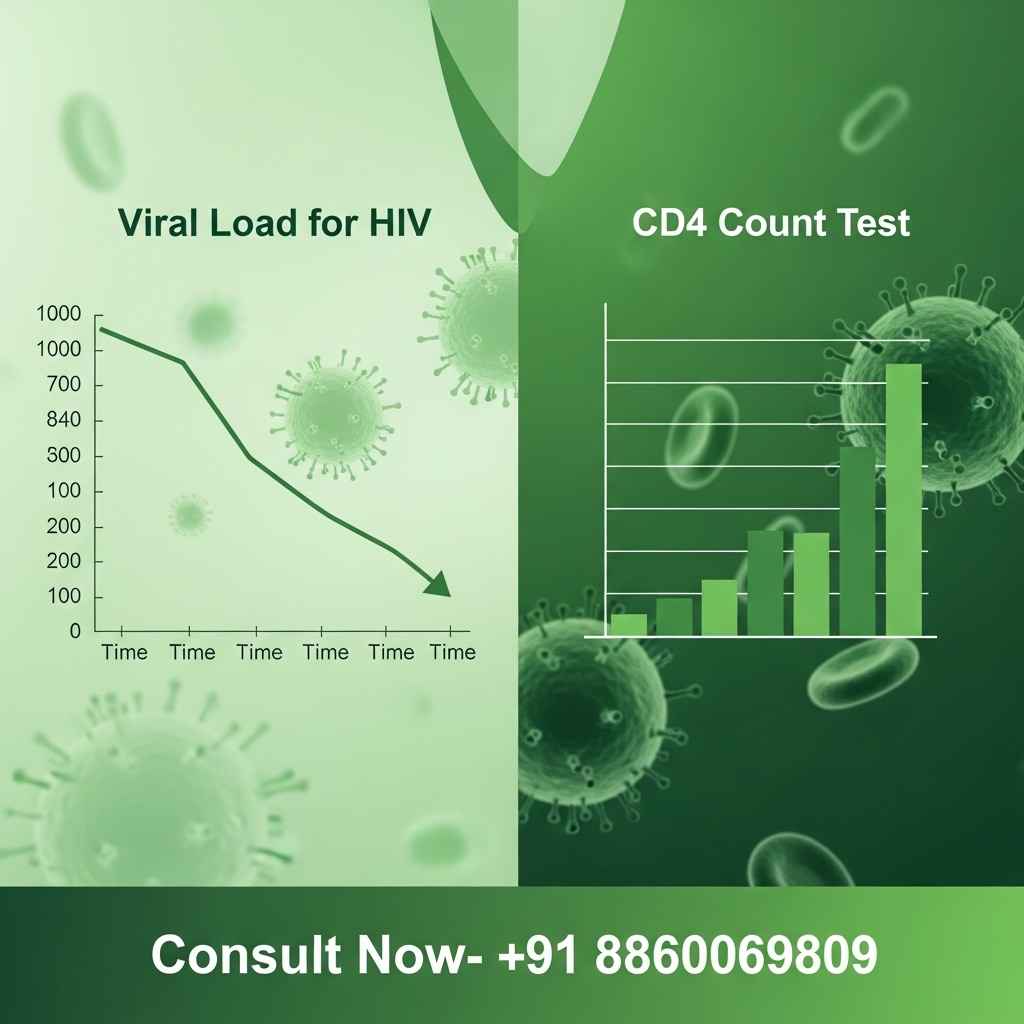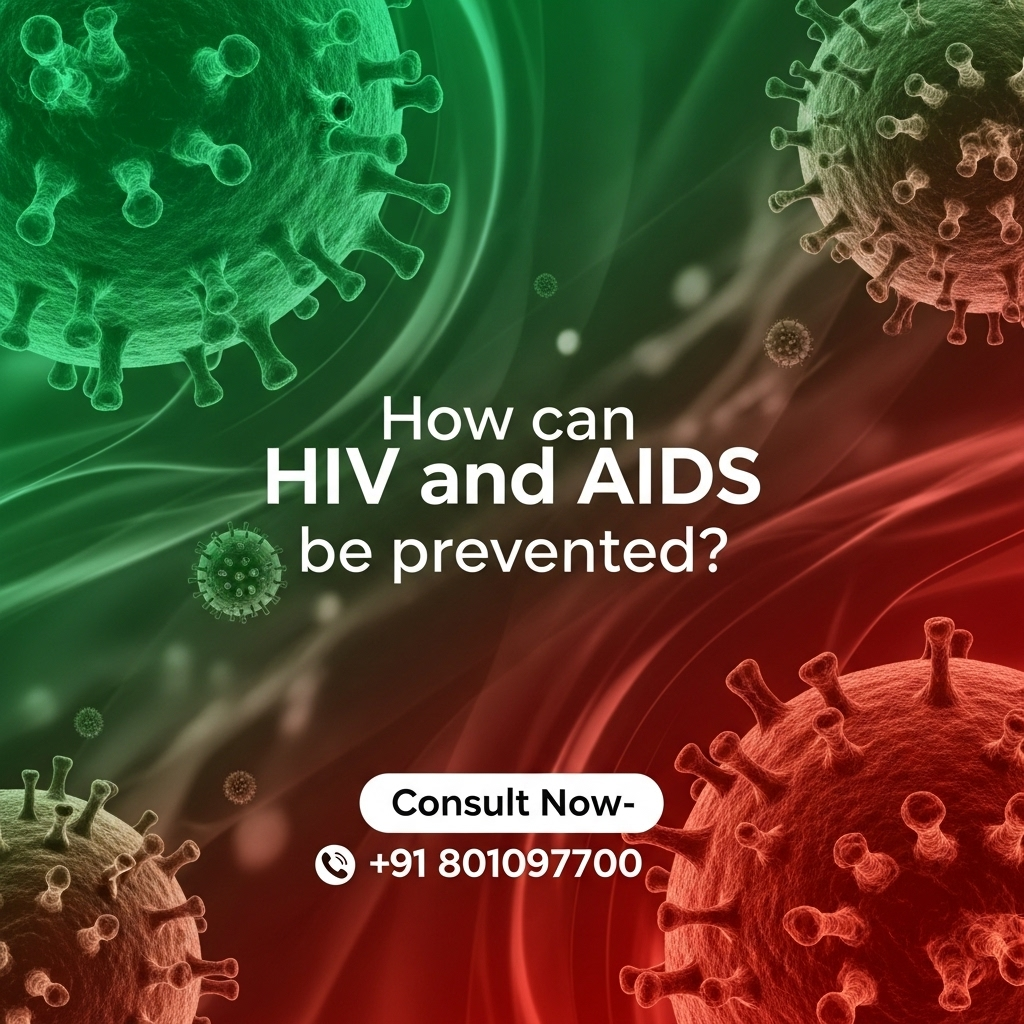The quest for an HIV cure has been a focal point of medical research for decades. With over 38 million people affected worldwide, the urgency for a viable cure cannot be overstated. Despite the significant progress in treatment options, the bold assertion of curing HIV in just 15 days remains highly controversial. This article explores current HIV treatment in Delhi, the strides toward a possible cure by 2025, and examines the realities behind such audacious claims.
Understanding HIV and Its Impact
HIV, or Human Immunodeficiency Virus, is a formidable adversary that targets the immune system, specifically CD4 cells, also known as T cells, which are essential for combating infections. If HIV is left untreated, it can progress to Acquired Immunodeficiency Syndrome (AIDS), a condition characterized by a severely weakened immune system, leaving individuals vulnerable to opportunistic infections and certain cancers.
The impact of HIV goes beyond health, affecting individuals’ social, psychological, and economic well-being. The stigma surrounding the virus can lead to discrimination and marginalization, exacerbating the challenges faced by those living with HIV. Addressing these broader impacts is crucial in the fight against the virus, requiring a multi-faceted approach that includes medical treatment, education, and community support.
The Importance of Treatment
Managing HIV as a chronic condition requires lifelong commitment to treatment. Antiretroviral therapy (ART) has revolutionized the management of HIV, transforming it from a fatal diagnosis to a manageable chronic illness. ART works by reducing the viral load to undetectable levels, which not only allows individuals to lead long and healthy lives but also prevents the transmission of the virus to others.
Despite the effectiveness of ART, adherence to the treatment regimen is critical. Missing doses can lead to drug resistance, making the virus harder to control. Therefore, ongoing support and education for individuals on ART are essential to ensure consistent treatment and optimal health outcomes.
Read More:
- How Early Antiretroviral Therapy Can Help Stop HIV-1?
- How Does the HIV Finger Test Work?
- What Is HIV? Understanding the Basics of the Virus
- What You Need to Know About HIV Testing
Current HIV Treatment Options

Antiretroviral Therapy (ART)
Antiretroviral therapy (ART) is the cornerstone of HIV treatment. It involves a daily regimen of a combination of HIV medicines, each targeting different stages of the virus’s lifecycle. These medications work synergistically to prevent the virus from replicating, thereby reducing the viral load in the body. The ultimate goal of ART is to achieve and maintain an undetectable viral load, meaning the virus is effectively controlled and cannot be transmitted through sexual contact.
ART not only controls HIV but also restores the immune system, reducing infections and improving quality of life.
Pre-Exposure Prophylaxis (PrEP)
Pre-Exposure Prophylaxis (PrEP) is a proactive measure designed to prevent HIV infection in individuals at high risk. PrEP is a daily pill with two HIV medicines that prevent infection if exposed. Taken consistently, it can reduce HIV risk by up to 99%
PrEP is a powerful tool in the fight against HIV, but its success depends on adherence to the daily regimen. Access to PrEP, alongside education and support services, is crucial to ensure individuals at risk can effectively utilize this preventive strategy.
Post-Exposure Prophylaxis (PEP)
Post-Exposure Prophylaxis (PEP) serves as an emergency intervention following potential exposure to HIV. It involves taking antiretroviral medicines for 28 days, with the aim of preventing the virus from taking hold in the body. PEP must be started within 72 hours of exposure to be effective, making timely access to healthcare services critical.
PEP is a vital emergency tool for HIV prevention after exposure but isn’t a replacement for regular preventive methods. It should be used alongside strategies like PrEP and condoms for full protection.
The Quest for a Cure: Is 2025 a Realistic Goal?
The quest to cure HIV remains one of the most ambitious goals in medical research. Despite the challenges, recent scientific advancements have renewed hope of eventually achieving this goal.
Gene Therapy and Stem Cell Research
Gene therapy and stem cell research are at the forefront of innovative approaches to curing HIV. Scientists are exploring techniques to modify the genetic makeup of immune cells, making them resistant to HIV infection. This involves editing the genes of these cells to disrupt the pathways the virus uses to replicate and spread.
Stem cell research has also shown promise, with some experimental treatments involving the transplantation of stem cells from donors with natural resistance to HIV. These resistant cells have the potential to replace the patient’s immune cells, offering a functional cure. While these approaches are still in the experimental stage, they represent a significant step forward in the search for a cure.
The Berlin and London Patients
The Berlin and London patient cases have offered significant insights and renewed hope in the pursuit of an HIV cure. Both individuals received stem cell transplants from donors with a rare genetic mutation called CCR5-delta 32, which provides resistance to HIV. Post-transplant, both patients experienced sustained remission of the virus, effectively demonstrating a functional cure.
While these cases are exceptional and not widely replicable due to the complexity and risks associated with stem cell transplants, they offer a proof of concept for potential cure strategies. Researchers are working to develop safer and more accessible methods to achieve similar outcomes.
Debunking the 15-Day Cure Myth

Why a 15-Day Cure Is Unrealistic
The notion of curing HIV in 15 days is unrealistic given our current understanding of the virus and its integration into the host’s DNA. HIV has the ability to hide in latent reservoirs, making it challenging to eradicate completely. Current treatments are designed to control the virus rather than eliminate it, focusing on reducing the viral load to undetectable levels.
A 15-day cure would require a breakthrough that fundamentally changes our understanding of HIV biology and treatment. While rapid advancements in science are possible, such a claim remains speculative and is not supported by current evidence.
The Risks of Misinformation
Misinformation about rapid cures can be harmful, leading individuals to forgo proven treatments in favor of unverified alternatives. This can result in the progression of the disease and the spread of the virus, undermining public health efforts. It is crucial for individuals to rely on evidence-based HIV treatment and consult healthcare professionals for accurate information.
Addressing misinformation requires a collaborative effort from healthcare providers, researchers, and the community. Promoting education and awareness helps individuals access reliable information and make informed health decisions.
Looking Ahead: The Future of HIV Treatment and Cure Research
Though a cure is still elusive, promising research offers hope for long-term HIV control through innovative treatments.
Long-Acting Treatments and Therapeutic Vaccines
Long-acting injectable treatments are emerging as a convenient alternative to daily ART regimens, offering the possibility of reduced dosing frequency. These treatments can improve adherence and quality of life for individuals living with HIV. Additionally, therapeutic vaccines are being developed with the goal of enhancing the immune system’s ability to control the virus, potentially leading to long-term remission without the need for continuous ART.
Continued investment in research and development is essential to bring these innovations to fruition. By supporting scientific efforts, we can accelerate the pace of discovery and bring new treatment options to those in need.
Community and Global Efforts
The fight against HIV is not solely scientific; it requires community engagement, education, and global cooperation. Reducing stigma and discrimination, increasing awareness, and improving access to healthcare are vital components in managing and ultimately eradicating the virus. Collaborative efforts between governments, non-governmental organizations, and communities are essential to address the social and structural barriers that perpetuate the epidemic.
Investing in community-based interventions and empowering affected populations can drive meaningful change. By working together, we can create a world where HIV is no longer a public health threat.
Conclusion
While the idea of curing HIV in 15 days is more fiction than fact, ongoing research and advancements in treatment options bring hope for the future. The quest for a cure by 2025 is ambitious but not impossible, with continued scientific innovation and global commitment. For now, adherence to ART and preventive measures remain the most effective strategies for managing HIV and improving the quality of life for those affected.
In the meantime, staying informed through credible sources and supporting the scientific community’s relentless pursuit of an HIV cure is essential. By fostering a culture of knowledge and empathy, we can contribute to the collective effort to overcome HIV and move closer to a world without the virus.
If you have confusion or concerns related to HIV, STDs, or sexual health? now is the time to take action. Dr. Yuvraj Arora Monga is a leading expert with over 25 years of experience in treating HIV, STDs, and sexual issues. Known for his award-winning contributions and for helping thousands of individuals regain their confidence and health, Dr. Monga has become a trusted name across India. If you’re looking for accurate guidance and effective treatment, call now at 8010977000 to book your appointment. Take the first step toward a healthier, worry-free life.











Leave a Reply